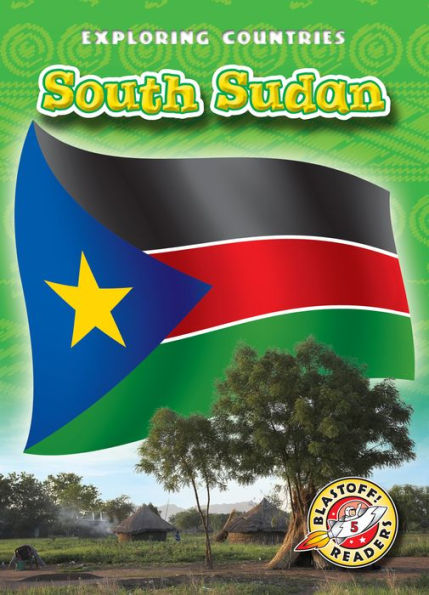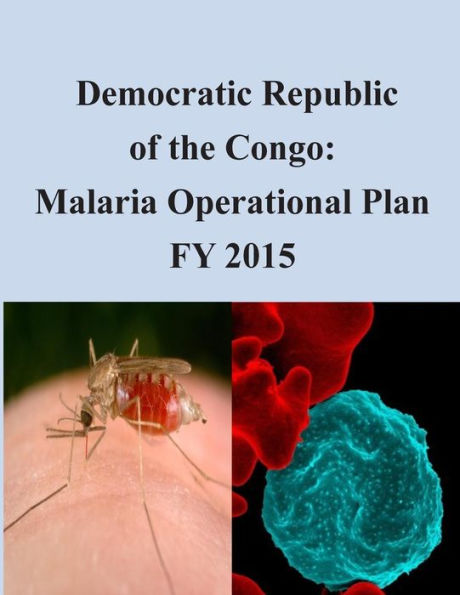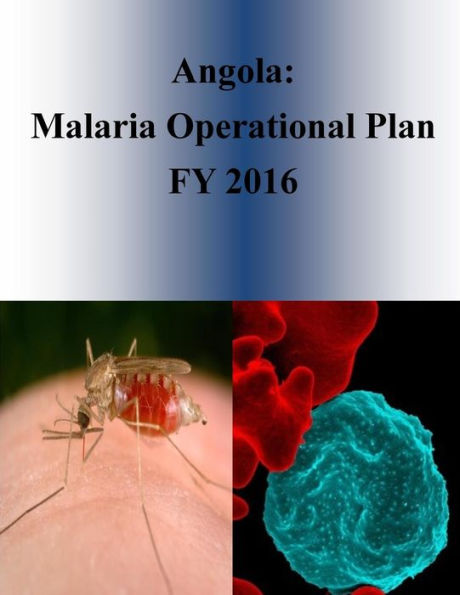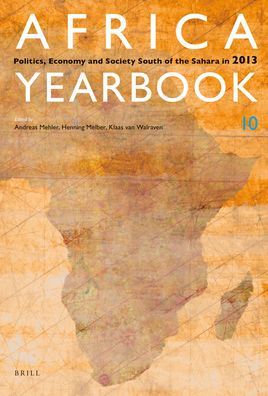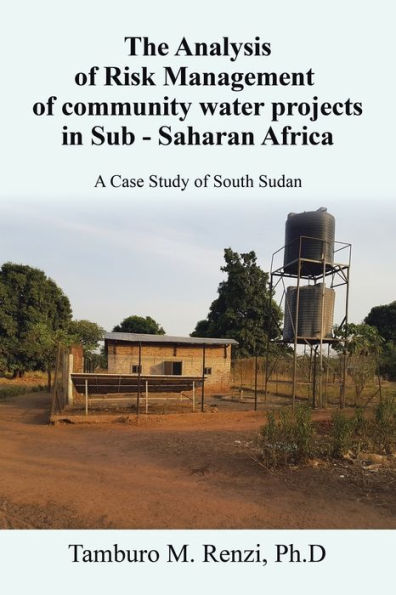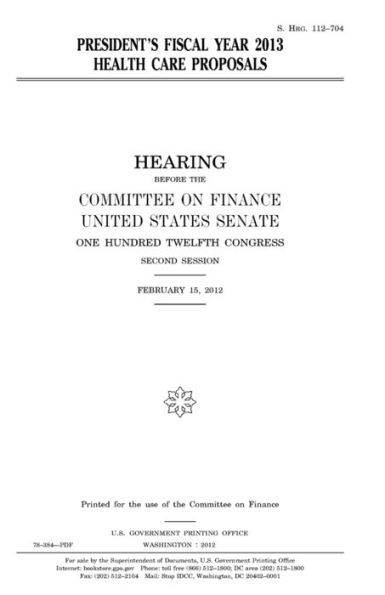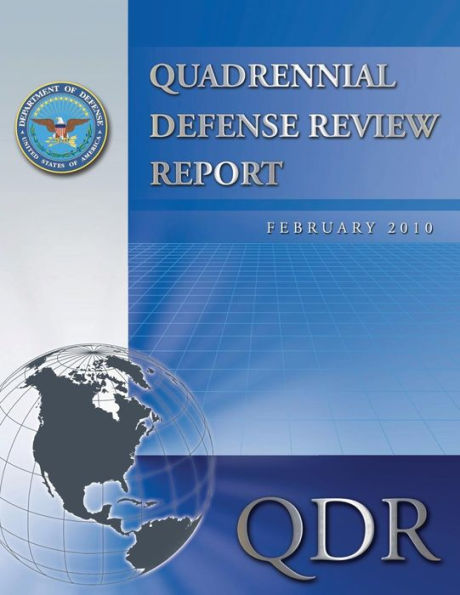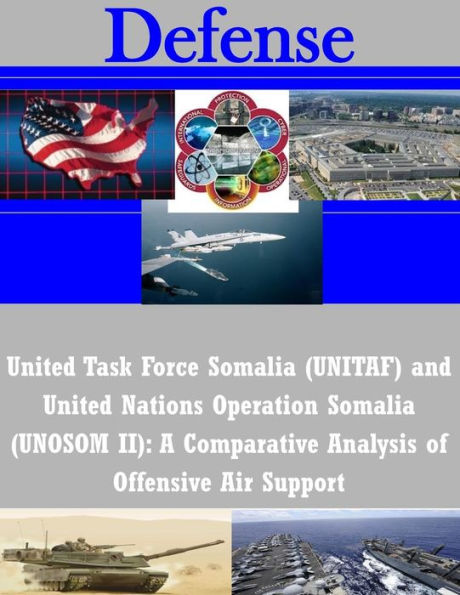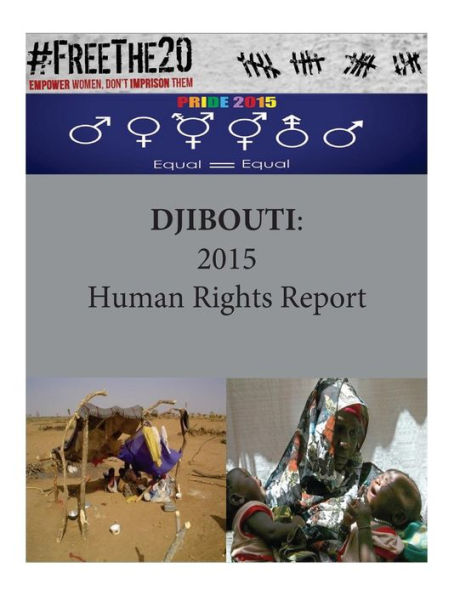Home
South Sudan Operational Plan Report FY 2013
Barnes and Noble
South Sudan Operational Plan Report FY 2013
Current price: $19.95
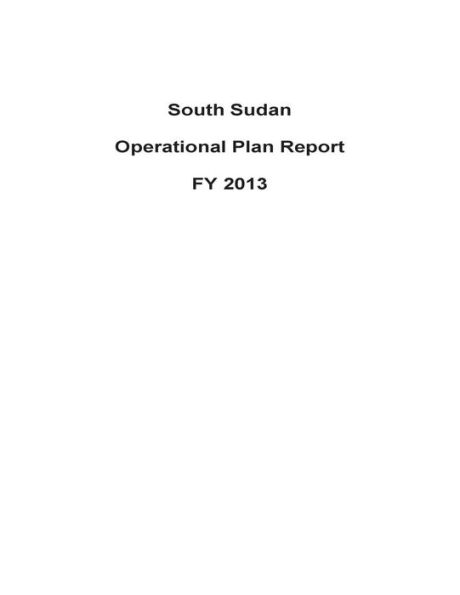

Barnes and Noble
South Sudan Operational Plan Report FY 2013
Current price: $19.95
Size: OS
Loading Inventory...
*Product information may vary - to confirm product availability, pricing, shipping and return information please contact Barnes and Noble
After experiencing decades of civil war and following the terms of the 2005 Comprehensive Peace Agreement (CPA) the Republic of South Sudan (RSS) became an independent nation on July 9, 2011. South Sudan's development challenges remain daunting. The country has some of the lowest human development statistics in the world for literacy; educational access; maternal and neonatal mortality; child survival; nutrition; family planning use; and access to safe water and sanitation. The majority of the population of South Sudan still lacks access to the essential services of education, health, nutrition, safe water, and sanitation because of fragile or ineffective service delivery systems, a weak enabling environment, and institutions lacking adequate governance, capacity, management, financial, and operational systems. The pre-independence Sudan National Census of 2008 estimated the South Sudanese population at 8.26 million. The current estimate may be as high as 12 million due to growth rates and returnees. South Sudan has a generalized HIV epidemic (3.0%, Southern Sudan Antenatal Care Clinics Sentinel Surveillance Report, 2009) with geographic areas of hyperendimicity with HIV prevalence rates as high as 15.7%. Existing data suggest that military personnel are similar to the general population in terms of HIV risk in South Sudan. States report HIV sero-prevalence rates ranging from 0% (Northern Bahr El-Ghazal) to 7.2% (Western Equatoria). In 2012, an estimated 250,000 South Sudanese were infected with HIV, with 62,000 in need of antiretroviral therapy (ART). Of these, only 5,000 received ART by the end of December 2013, primarily through support of the Global Fund to Fight AIDS, Tuberculosis and Malaria (GFATM), whose emergency continuation fund allows for provision of ART for those placed on ART prior to November 30, 2011. There are currently 22 ART sites in the country. HIV transmission in South Sudan is assumed to be driven by heterosexual practices including multiple and concurrent sexual partnerships as well as transactional and intergenerational sex. In the military population, alcohol abuse is a key risk factor, in addition to multiple concurrent partnerships. Presumed at risk populations include HIV discordant couples, commercial sex workers and their clients and partners, long distance truckers, refugees, and members of the uniformed services. More than two million refugees have returned from neighboring countries where HIV infection rates are high. High rates of extreme poverty, unequal gender relations, polygyny and the return of several million refugees and internally displaced persons combined with a virtually non-existent health system interact in a complex dynamic that makes South Sudan highly vulnerable to the HIV/AIDS epidemic.
